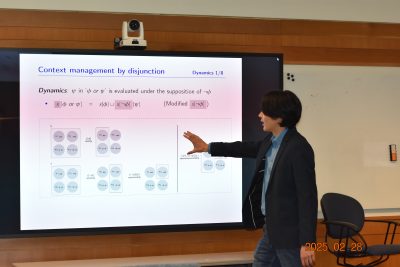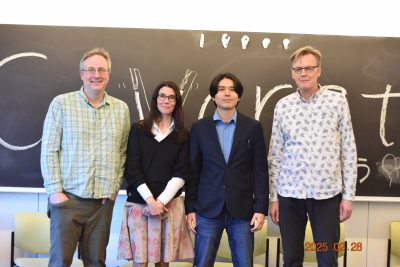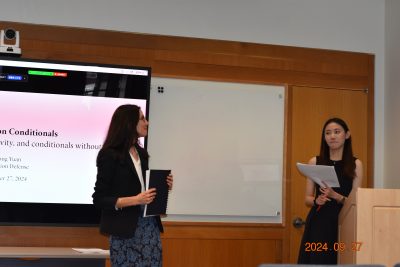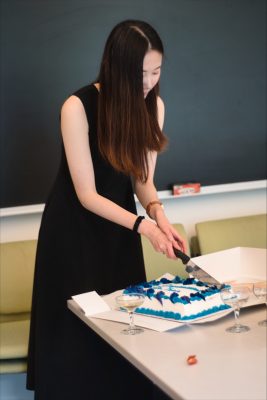Željko Bošković is this year’s Edward C. Marth Mentorship Award Recipient! This award is given to recognize extraordinary mentoring of graduate students. The selection committee noted that Željko’s “dedication to graduate students is legendary.”
As part of receiving this award, Željko was invited to give a presentation at the Ph.D. Commencement exercises held on May 12. He urged the graduates to use their intellectual responsibilities to “be bold” and speak up for justice.
More about Željko’s award can be found on p. 38 of the Commencement Program which can be found here.




